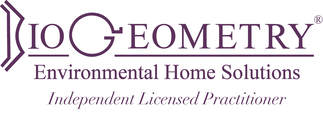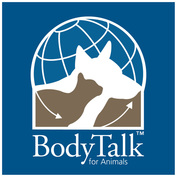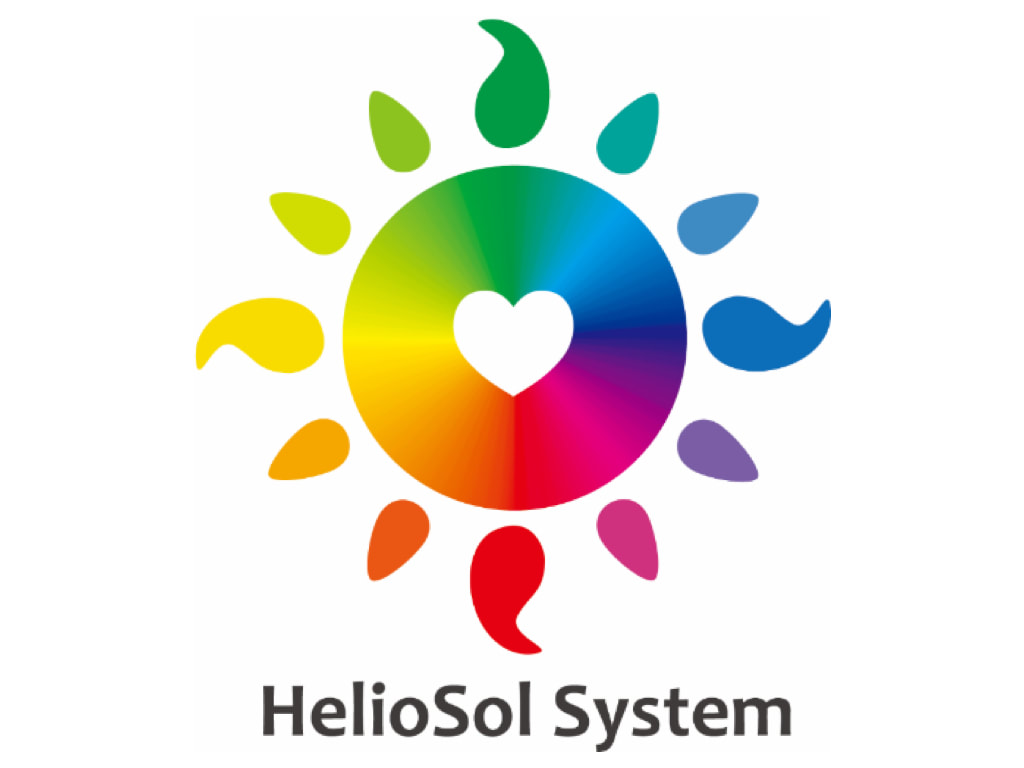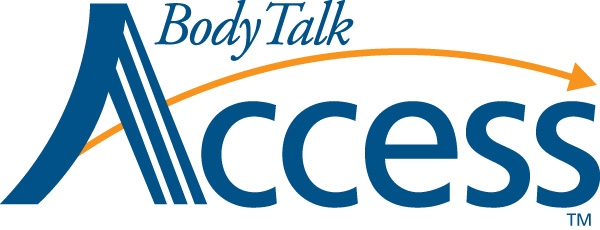|
In whatever field one works in there is a fine line between helping and hindering a client, whatever species they happen to be and whatever the modality may be. As therapists we also have the same obligations to ‘do no harm’. This is not always an easy distinction to make - when to stop and say enough is enough. It is easy to call when you are whipping cream, you can see when to stop as the cream starts to turn to butter. It is visual and so many of us now only rely on our visual sense that we forget to trust the gut instinct, ending up over egging the pudding as it were so that there is no space for healing to occur. We also have to remember that we are not actually ‘doing’ anything just allowing the client to create within themselves the optimum environment for healing themselves. How we achieve that is down to each in their own way but one must always be aware that we cannot heal anything, we are just there to help the client. That help may be practical, providing food and water, a place of safety; it may be emotional support or the environment where the client can express and release all the built up stress and tension held in the body; it may also be providing a quiet observation of the situation so that the elements that are required to heal are slotted into place. To keep the cooking analogy going, our job is to put out all the ingredients that may be required to bake a cake, the tins, the utensils that will be needed but then we hand it all over to the chef/baker (client) to do the creating; how it turns out is none of our concern but we are there to help not hinder. It is a hazard that is easy to get caught up in ‘ the need to DO something’ sometimes doing nothing is a greatest gift that we can give. Other times the ego demands that we do something as the ego forgets that whatever technique we use it is down to the client to heal themselves. I have seen Drs and vets inject joints to relive pain, it works for a short period of time or may have a long term effect, in my opinion it is not the Dr, the vet or the drug per se, it is the time that the affected area requires to heal itself once it is given a helping hand to get over the initial issue - if the client is in the environment to heal then they will, however this in not always the case due to the fact that the ‘environment’ of the body may be compromised, the living conditions may not be suitable, the mental/emotional issues at that time may not be conducive to healing. By always being there for a client we may also be hindering their recovery as they become reliant on us ‘healing’ them not being fully aware that we are just there to help and it is down to them to heal themselves, there is no silver bullet. By doing sessions on demand we are are not respecting their space or respecting ourselves, sometimes stepping back and giving them the time and space that they need is the hardest thing to do especially if you have a limited book of clients. At the end of the day though by acting with respect and integrity saying ‘enough is enough’ their body may get the opportunity to do what it needs to do. We just have to learn to remove ourselves from the equation - it was never our issue to begin with and there is no reason why we need to have ownership of the outcome. When we observe this from the philosophical perspective it is a case of Wu Wei - without doing, causing, or making ie letting things happen with no egotistical effort or input; we let the body work with its own inner wisdom, the natural order of things and since the natural world does not make mistakes, whatever is meant to unfold will unfold in its own perfect time. Comments are closed.
|
Sacha Maxwell
|



 RSS Feed
RSS Feed









